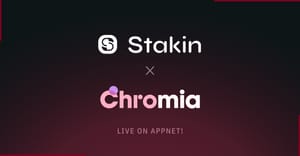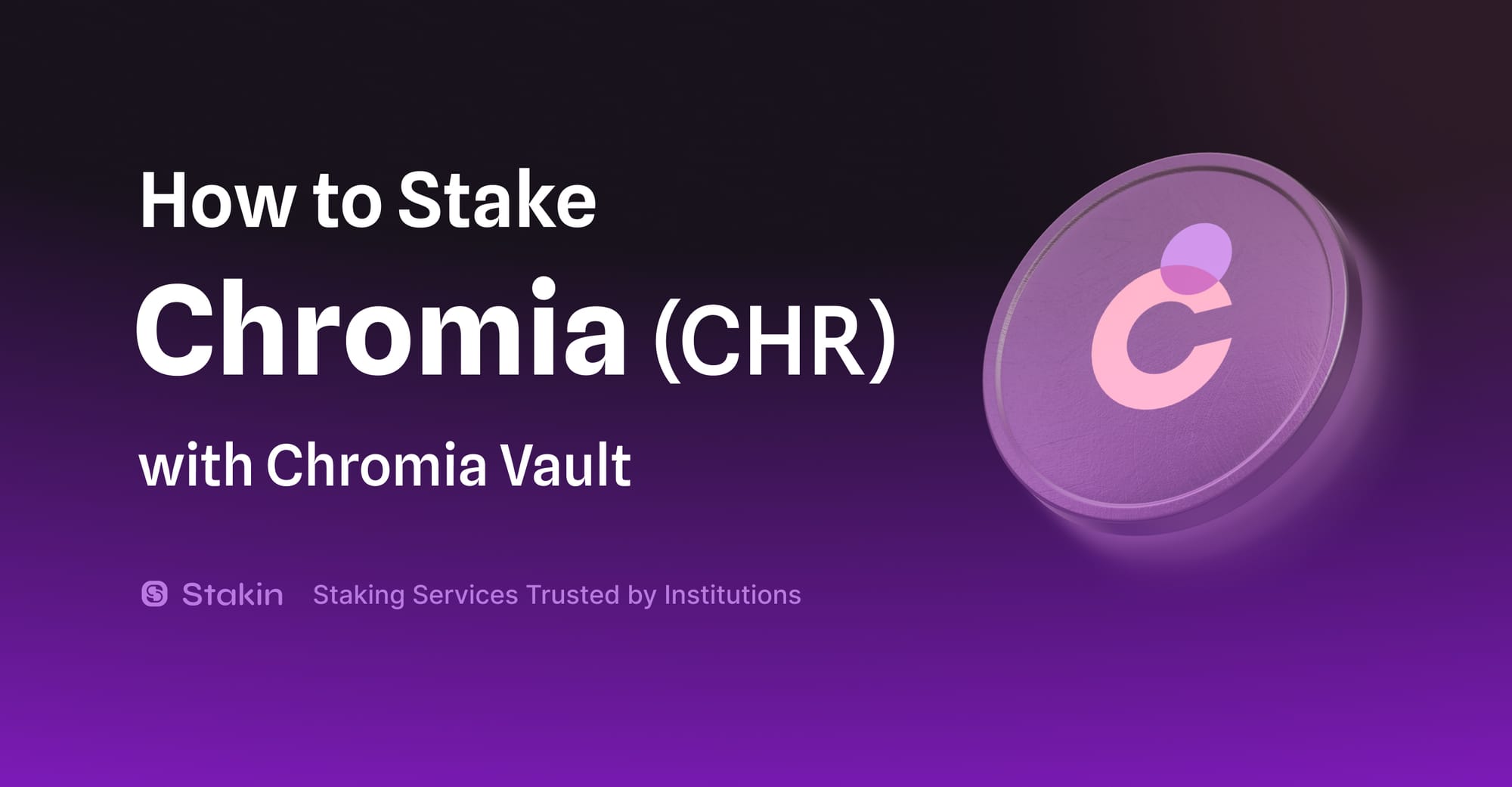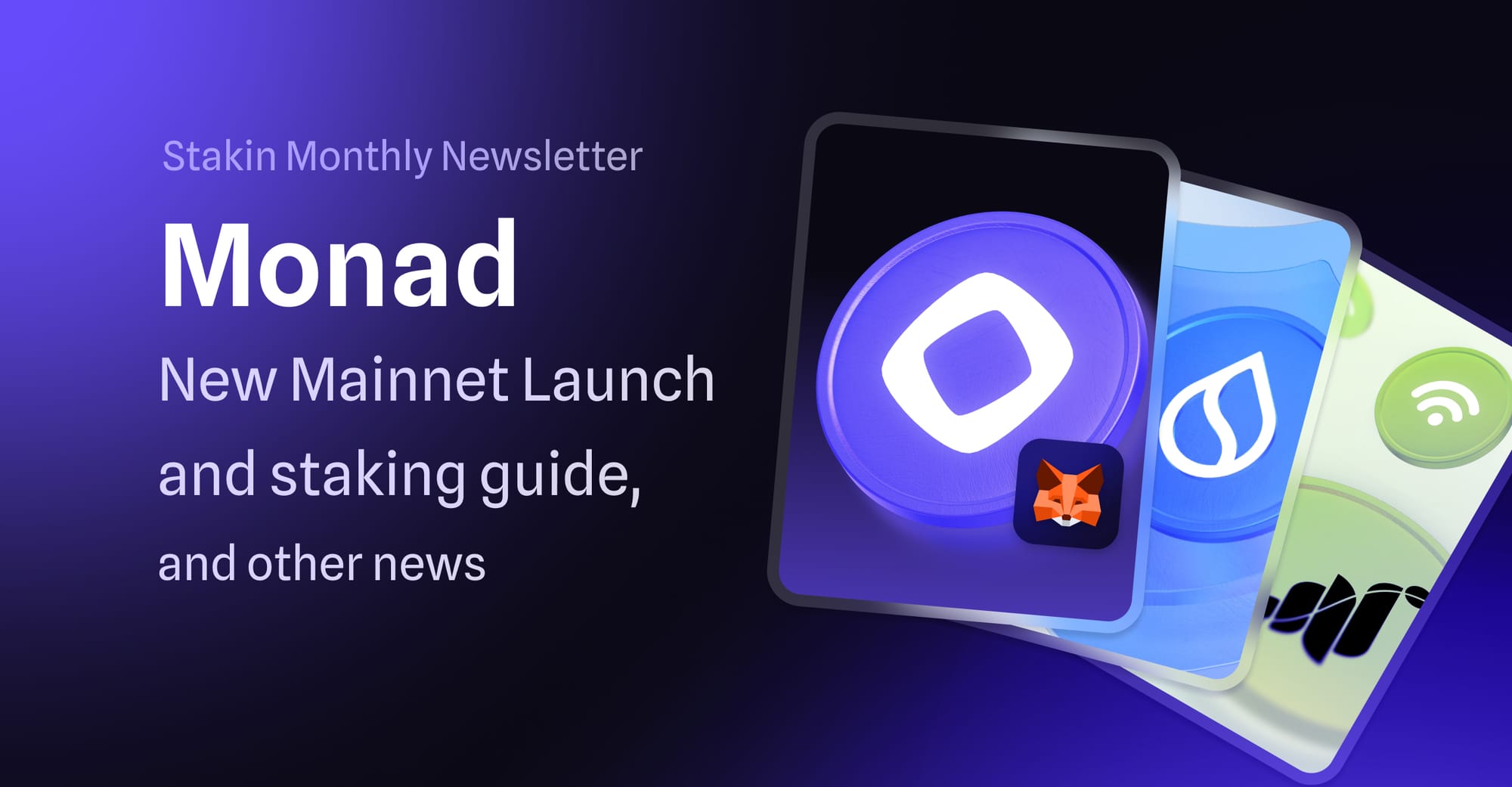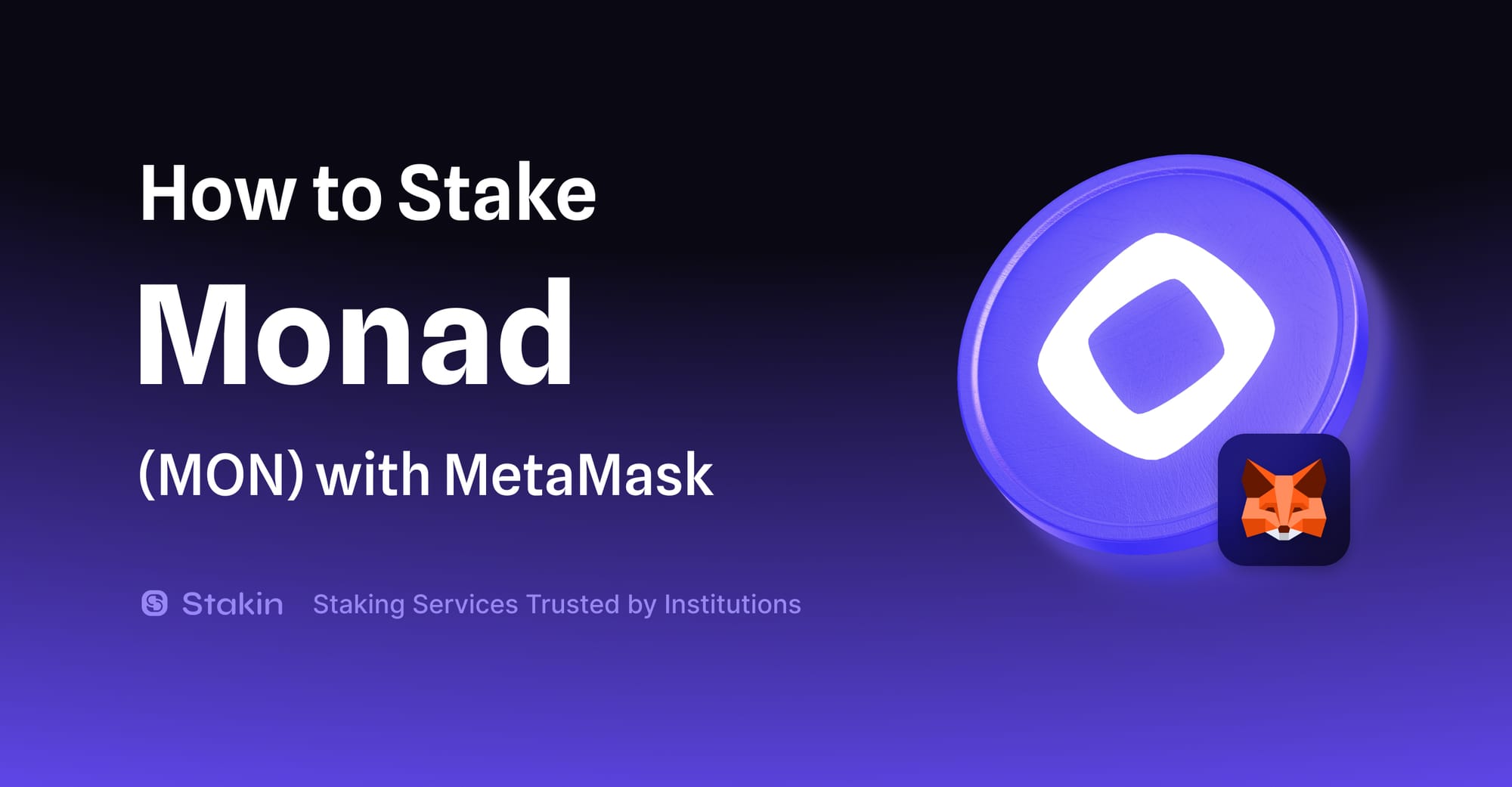We are excited to announce the start of our validator operations on Chromia appnet. Chromia’s Appnet (which went live in October 2023) provides a closed beta environment for decentralized applications (dApps) to utilize real assets, establish a user base, and demonstrate the platform’s technology potential.
Chromia is a relational blockchain platform for building dApps. The platform features a network of relational blockchains where dApps can be written in a familiar format for developers, irrespective of whether they work on large enterprise applications, games, or smaller projects.
You may be interested in:
- Stakin Commences Validator Operations on SEDA Testnet
- Stakin Commences Validator Operations on Babylon Testnet
Most dApp blockchain platforms use virtual machines of various types, but a traditional virtual machine architecture doesn't work very well with the Chromia relational data model.
For this reason, Chromia has created a new programming language called Rell (Relational language) for dApp programming. The language is deliberately like modern programming languages, and developers can use relational programming idioms they're already familiar with.
Rell code gets compiled to an intermediate binary format, which is code for a specialized virtual machine. Chromia nodes then translate queries in this code into SQL (while ensuring this translation is safe) and execute code as needed using an interpreter or compiler.
How does Chromia work?
In a nutshell, you can write the backend in Rell and deploy it to the Chromia platform. Chromia also has client libraries for building transactions on the front end. The client-side then sends the transactions to the Rell backend.
An Overview of Chromia’s technology architecture
On a high level, the Chromia blockchain architecture consists of two components:
Providers play a key role in the Chromia ecosystem. Chromia acquires node capacity from the Providers. Nodes run by providers produce blocks, thus enabling dApps to run. In Chromia, nodes are arranged in clusters that run blockchains.
Clients connect to nodes to post transactions or query data. Chromia uses a modified version of the PBFT (Practical Byzantine Fault Tolerance) protocol called eBFT for consensus, where validator nodes validate transactions and blocks.
Explore Chromia Further
For those interested in exploring the technicalities and potential of Chromia we encourage you to visit their Gitbucket repos and Discord channel.
Stay Updated with Stakin
Follow us on Twitter for the latest updates on how we contribute to Chromia’s journey. We are committed to keeping our community informed and engaged as we embark on this exciting new partnership.



